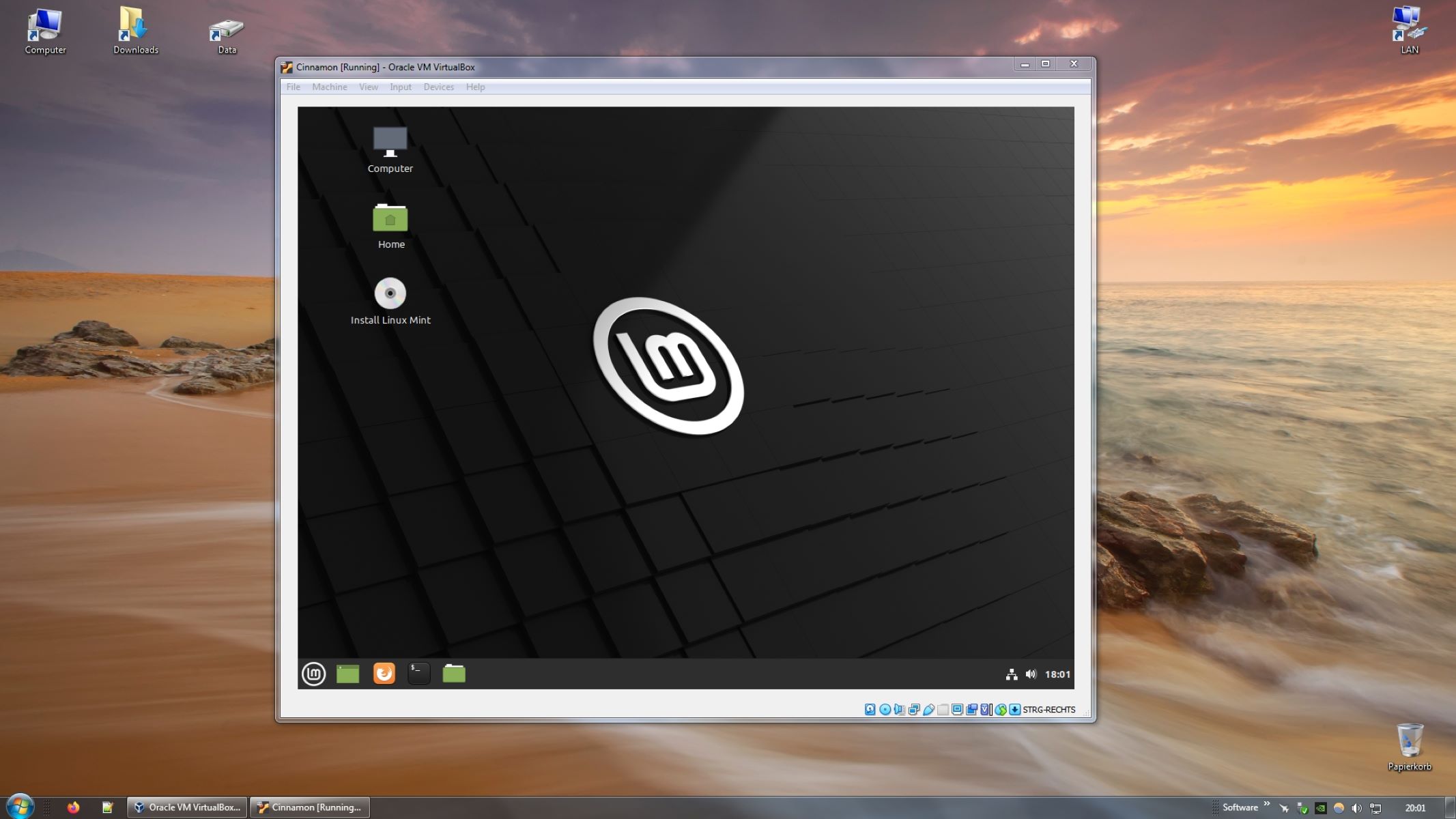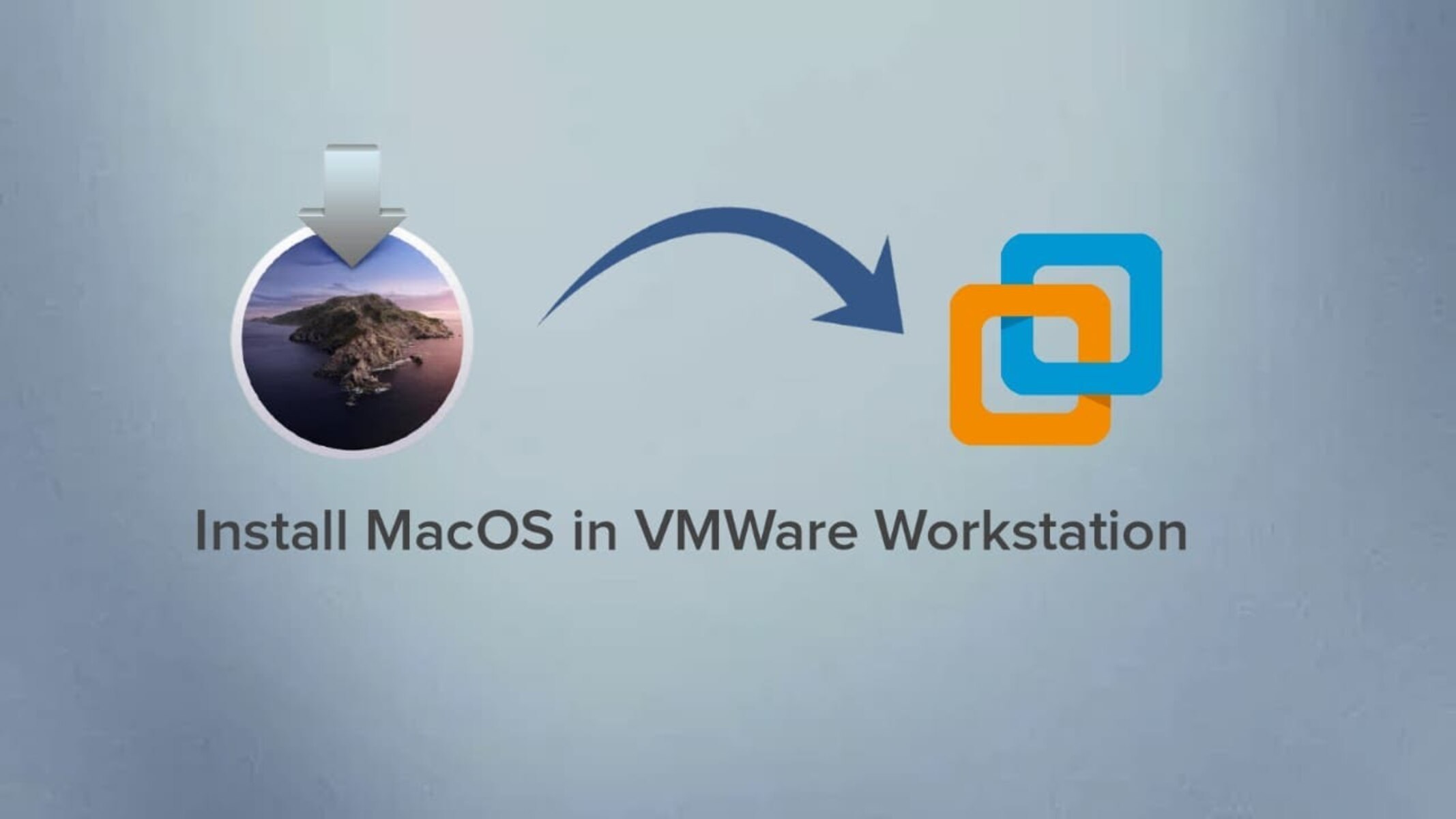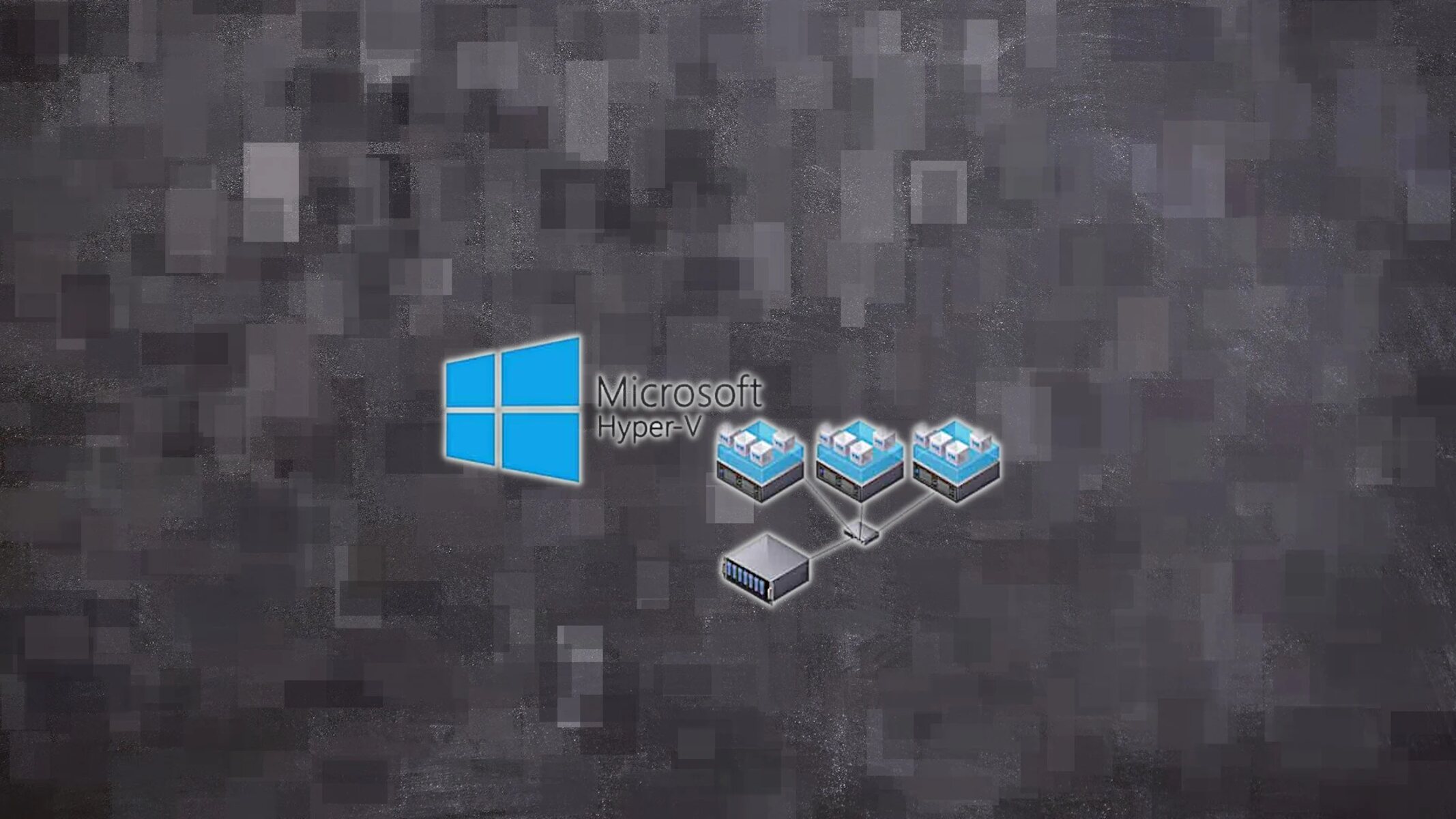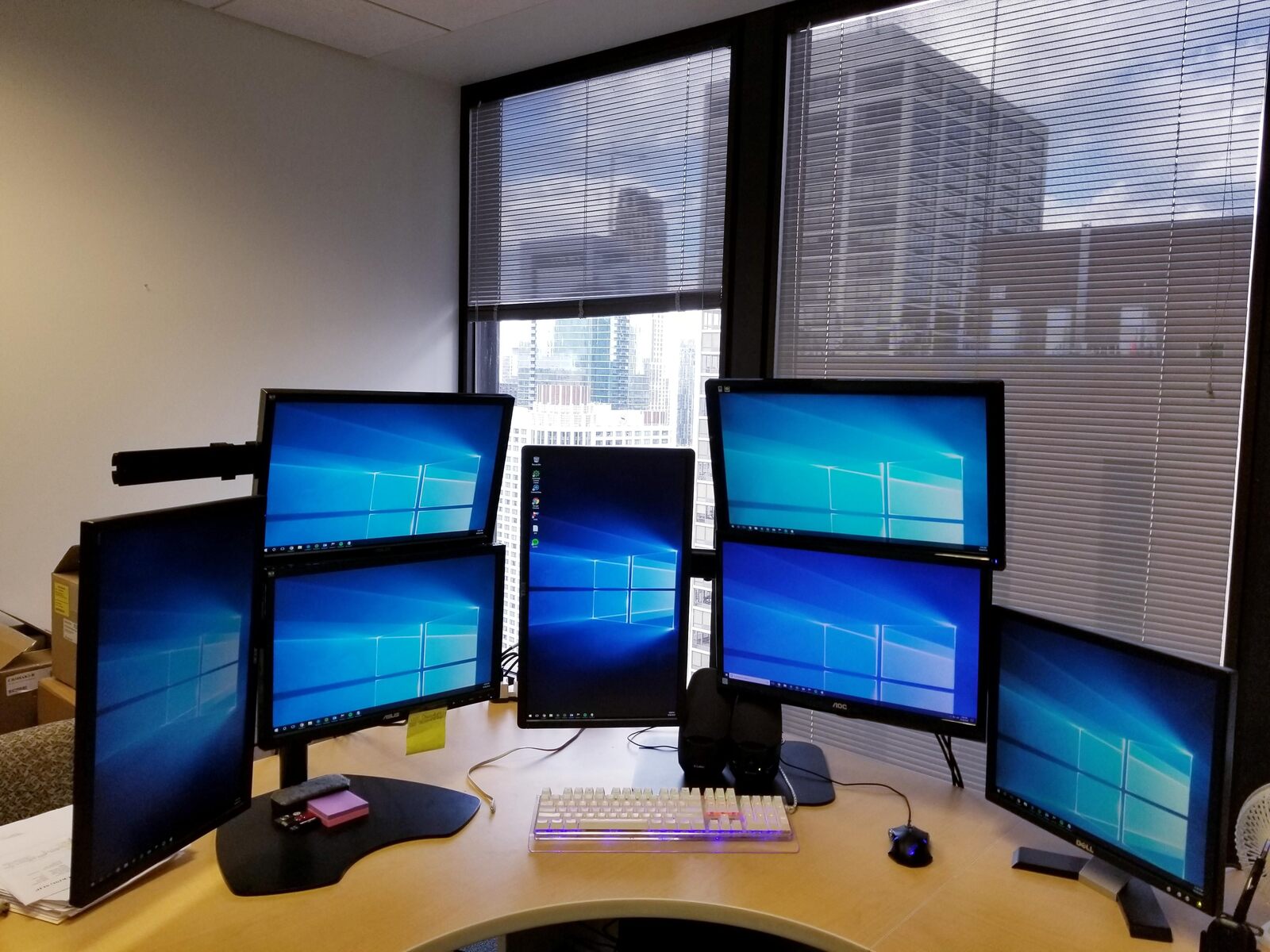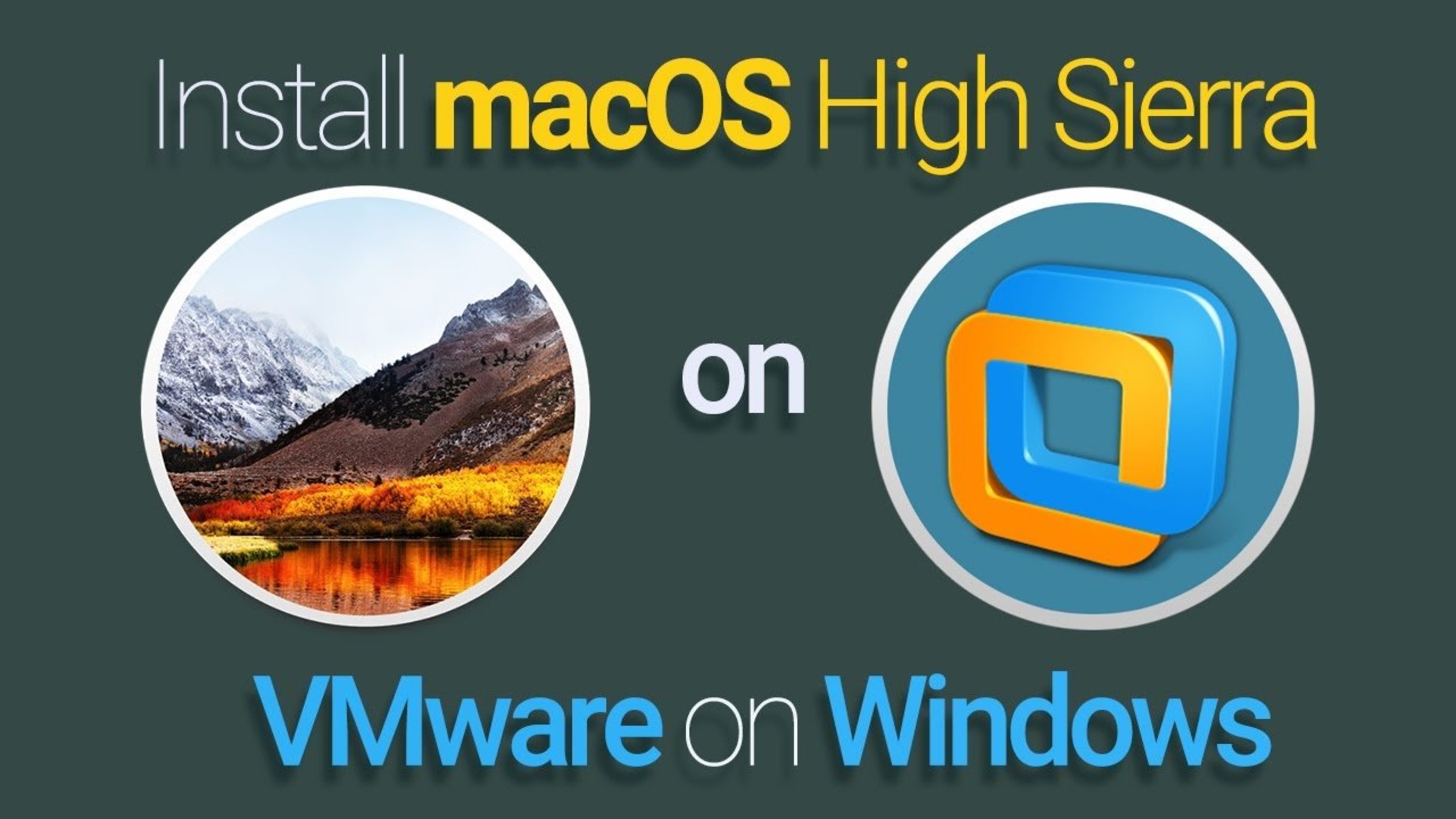Introduction
Are you looking to install Windows 7 on VMware Workstation? Whether you are a technology enthusiast wanting to experiment with different operating systems or a developer needing to test software compatibility, VMware Workstation offers a convenient and efficient solution. This powerful virtualization software allows you to run multiple operating systems on a single computer, making it a valuable tool for IT professionals, students, and anyone looking to create a virtual testing environment.
In this guide, we will walk you through the step-by-step process of installing Windows 7 on VMware Workstation. From downloading and installing VMware Workstation to configuring the virtual machine and completing the Windows 7 installation, we’ll cover everything you need to know to get started.
Before we dive into the installation process, it’s important to note that you will need a valid Windows 7 ISO file. If you don’t have one, you can easily obtain it from the official Microsoft website or through other reliable sources. It’s also crucial to ensure that your computer meets the minimum system requirements for VMware Workstation, including sufficient RAM, storage space, and processing power.
Once you have everything ready, let’s begin our journey to install Windows 7 on VMware Workstation. Follow the steps outlined below, and soon you’ll have a fully functional Windows 7 virtual machine running seamlessly on your computer.
Step 1: Download VMware Workstation
The first step in installing Windows 7 on VMware Workstation is to download the software itself. VMware Workstation is a premium virtualization tool that provides advanced features and functionalities for creating virtual machines. Here’s how you can get started:
- Go to the official VMware website: https://www.vmware.com/products/workstation-pro.html.
- Navigate to the “Workstation Pro” section, and click on the “Download Now” button.
- You will be prompted to create a VMware account or sign in if you already have one. Fill in the necessary details and proceed.
- Choose the appropriate version of VMware Workstation for your operating system. VMware offers versions for both Windows and Linux.
- Click on the “Download” button to start the download process.
Once the download is complete, you will have the VMware Workstation installer file ready for installation. Now, let’s move on to the next step of the installation process – actually installing VMware Workstation on your computer.
Step 2: Install VMware Workstation
Now that you have downloaded the VMware Workstation installer file, it’s time to install the software on your computer. Follow these steps to complete the installation:
- Navigate to the folder where you saved the VMware Workstation installer file.
- Double-click on the installer file to launch the installation wizard.
- Choose your preferred language for the installation process and click “OK”.
- Review the end-user license agreement and select the checkbox to accept the terms. Click “Next” to proceed.
- On the next screen, you can choose the installation location. By default, VMware Workstation will be installed in the “Program Files” directory. You can change this if desired by clicking on “Browse”.
- Next, you can select additional features you want to install alongside VMware Workstation. Review the options and make your selections accordingly.
- Choose whether you want to check for updates during the installation process. It is recommended to keep this option enabled to ensure you have the latest version of VMware Workstation.
- Click “Next” to proceed to the next step.
- Review the summary of the installation settings and click “Install” to begin the installation process.
- Wait for the installation to complete. This may take a few minutes.
- Once the installation is finished, you will see a confirmation message. Click “Finish” to exit the installer.
Congratulations! You have successfully installed VMware Workstation on your computer. Now, let’s move on to the next step of the process, which involves downloading the Windows 7 ISO file.
Step 3: Download Windows 7 ISO
In order to install Windows 7 on VMware Workstation, you will need to have the Windows 7 ISO file. The ISO file contains all the necessary installation files for the operating system. Here’s how you can download the Windows 7 ISO:
- Visit the official Microsoft website or other reliable sources that offer Windows 7 ISO downloads.
- Make sure you choose the correct edition and language of Windows 7 that you want to install.
- Click on the “Download” button or link to begin the download process.
- Depending on your internet speed, the download may take some time. Be patient and wait for the download to complete.
Once the Windows 7 ISO file has been downloaded, you can proceed to the next step of creating a new virtual machine in VMware Workstation. Having the ISO file ready is crucial for the installation process, as it will be used to install Windows 7 within the virtual machine environment.
Note: It is important to download the Windows 7 ISO from a trusted source to ensure the integrity and safety of the operating system file. Avoid downloading ISO files from unofficial or unverified websites to protect your computer from malware or other security risks.
Step 4: Create a new virtual machine in VMware Workstation
Now that you have VMware Workstation installed and the Windows 7 ISO file downloaded, it’s time to create a new virtual machine to install Windows 7. Here’s how you can do it:
- Launch VMware Workstation from your computer’s desktop or start menu.
- Click on the “Create a New Virtual Machine” option or navigate to “File” > “New Virtual Machine”.
- The New Virtual Machine Wizard will open. Select “Typical” and click “Next”.
- In the next step, choose the option “Installer disc image file (iso)” and click “Browse”.
- Navigate to the location where you saved the Windows 7 ISO file and select it. Click “Next”.
- Next, enter a name for your virtual machine and choose a location to store its files.
- Select the option to store the virtual machine as a single file or split into multiple files based on your preferences and available disk space.
- Specify the maximum disk size for the virtual machine. VMware Workstation will allocate the specified amount of disk space for the virtual hard drive.
- Click “Next” to proceed.
- On the next screen, you can customize the hardware settings of the virtual machine such as the number of CPUs, amount of RAM, network adapter, and display settings. Make the necessary adjustments based on your requirements.
- Once you have configured the hardware settings, click “Next” to proceed.
- Review the summary of the virtual machine settings and click “Finish” to create the new virtual machine.
Great job! You have successfully created a new virtual machine in VMware Workstation. In the next step, we’ll customize the virtual machine settings before proceeding with the installation of Windows 7.
Step 5: Customize virtual machine settings
After creating a new virtual machine in VMware Workstation, it’s important to customize its settings to ensure optimal performance and compatibility. Here’s how you can customize the virtual machine settings:
- Select the virtual machine you just created from the VMware Workstation home screen.
- Click on “Edit virtual machine settings” or navigate to “VM” > “Settings”.
- In the “Hardware” tab, you can modify various settings such as the number of CPUs allocated to the virtual machine and the amount of RAM. Adjust these settings based on your computer’s capabilities and the requirements of the Windows 7 operating system.
- Next, click on “CD/DVD (IDE)” under “Hardware” to configure the virtual machine’s optical drive settings.
- In the “CD/DVD Drive” section, select “Use ISO image file” and click on “Browse”.
- Navigate to the location where you saved the Windows 7 ISO file and select it.
- Click “OK” to save the changes.
- You can further customize other settings such as the network adapter, USB connection, and sound card by navigating through the various tabs in the “Settings” window.
- Make the necessary adjustments to these settings based on your requirements.
- Once you have finished customizing the virtual machine settings, click “OK” to save the changes.
Excellent! You have successfully customized the virtual machine settings. These modifications will help optimize the performance and compatibility of your virtual machine when installing and running Windows 7. In the next step, we will proceed with the installation of Windows 7 on the virtual machine.
Step 6: Install Windows 7 on VMware Workstation
Now that you have customized the virtual machine settings, it’s time to install Windows 7. Follow these steps to proceed with the installation:
- Ensure that the virtual machine is selected in VMware Workstation.
- Click on the “Power on this virtual machine” button or navigate to “VM” > “Power” > “Power On”.
- The virtual machine will boot up and you will see the Windows 7 installation screen.
- Follow the on-screen prompts to select your language preferences, time zone, and keyboard layout.
- Click “Install Now” to begin the installation process.
- Read and accept the license terms by selecting the checkbox and clicking “Next”.
- In the next screen, select the installation type. Choose “Custom (advanced)” as this will allow you to specify the installation location and make other customizations.
- Select the virtual hard drive that you created earlier and click “Next”.
- Windows 7 will now begin the installation process. Sit back and wait for the installation to complete. This may take some time.
- Once the installation is finished, the virtual machine will reboot.
- Follow the on-screen prompts to set up your Windows 7 user account, password, and other personalization options.
- After completing the setup, you will be greeted with the Windows 7 desktop within the virtual machine.
Congratulations! You have successfully installed Windows 7 on VMware Workstation. You can now enjoy the features and functionality of the Windows 7 operating system within the virtual environment. In the next step, we will cover the final steps of completing the Windows 7 installation.
Step 7: Complete the Windows 7 installation
After successfully installing Windows 7 on VMware Workstation, there are a few final steps to complete the installation. Follow these steps to ensure a smooth setup:
- Within the virtual machine running Windows 7, go through the initial setup process. This includes selecting your computer’s name, configuring network settings, and adjusting privacy settings based on your preferences.
- Next, install VMware Tools to enhance the virtual machine’s performance and functionality. Click on “VM” in the VMware Workstation menu bar and select “Install VMware Tools”. The VMware Tools installation package will be mounted as a virtual CD/DVD drive inside the virtual machine.
- Open the virtual CD/DVD drive within Windows 7 and run the VMware Tools setup file. Follow the on-screen instructions to install VMware Tools.
- After the installation, restart the virtual machine to finalize the VMware Tools installation.
- Once the virtual machine restarts, you can now take advantage of enhanced features such as seamless mouse integration, dynamic screen resolution adjustment, and improved graphics performance.
- Additionally, ensure that you activate Windows 7 to validate your installation. Open the “Control Panel” and navigate to “System and Security” > “System”. Click on “Activate Windows” and follow the instructions to enter your product key or activate online.
- Finally, install any necessary drivers or software within the Windows 7 virtual machine to ensure proper functionality of peripherals and applications.
By following these final steps, you will complete the installation of Windows 7 on VMware Workstation and have a fully functional virtual machine ready for use. You can now enjoy all the benefits of Windows 7 while still running your primary operating system.
Remember to periodically update and maintain your Windows 7 virtual machine to ensure security and performance. VMware Workstation provides easy access to various features that allow you to manage and fine-tune the virtual environment as needed.
Conclusion
Congratulations on successfully installing Windows 7 on VMware Workstation! You can now enjoy all the benefits of Windows 7 within a virtual machine environment. This setup allows you to explore and experiment with the operating system without affecting your primary system.
Throughout this guide, we covered the step-by-step process of installing Windows 7 on VMware Workstation. From downloading and installing VMware Workstation to customizing virtual machine settings and completing the Windows 7 installation, you have learned how to create a fully functional Windows 7 virtual machine.
By utilizing VMware Workstation, you have access to a powerful virtualization solution that enables you to run multiple operating systems and test software compatibility. This is particularly useful for IT professionals, developers, and enthusiasts who need a versatile environment for various applications and projects.
Remember to keep your Windows 7 virtual machine updated and secure by installing the latest updates and maintaining good security practices. Also, take advantage of VMware Workstation’s features to optimize performance and customize your virtual machine settings as needed.
Whether you are using Windows 7 for legacy software compatibility, educational purposes, or software development, VMware Workstation provides a convenient and efficient platform for running virtual machines.
Thank you for following this guide. We hope it has been helpful in assisting you with installing Windows 7 on VMware Workstation. Enjoy exploring and utilizing the capabilities of Windows 7 within your virtual machine environment!









